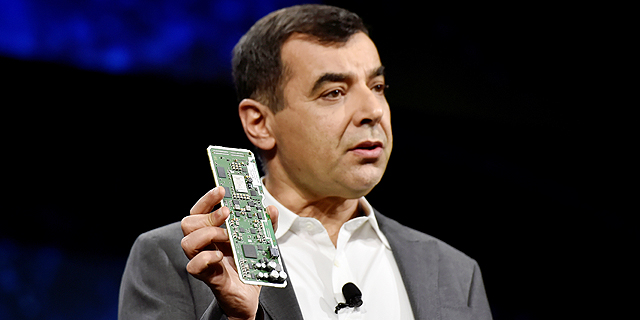
Robotaxis Are a Necessary Stepping Stone for Driverless Cars, Says Mobileye CEO
Commercial manufacturing of private autonomous cars will need to wait until autonomous taxis are wide-spread and entranced as an industry, Mobileye CEO Amnon Shashua wrote in an article posted to Intel’s website
Omer Kabir | 17:03, 10.07.19
Commercial manufacturing of autonomous cars for the private market will need to wait until autonomous taxis are wide-spread and entranced as an industry, Mobileye CEO Amnon Shashua stated Thursday in an article posted
to Intel’s website. His words differ from statements made a few years ago by autonomous vehicle developers, Mobileye among them, who predicted such cars will reach the private market by the beginning of the next decade.
For daily updates, subscribe to our newsletter by clicking here.
Today, a large part of the car industry understands that those phases—robotaxis and private autonomous cars—cannot progress simultaneously, Shashua said. “Series-production passenger car autonomy (SAE levels 4-5) must wait until the robotaxi industry deploys and matures,” Shashua wrote. “This is due to three factors: cost, regulation, and geographic scale.” Optimizing all three at the same time has proved to be too difficult, he said, leading many industry players to rethink their approach of reaching large-scale production, with a larger number now setting their sights first on commercial self-driving. Hints of Shashua’s change in priorities could be detected in October 2018, when Mobileye announced a partnership with Volkswagen and Israeli car importer and distributor Champion Motors Ltd., to launch a self-driving taxi service in Israel in early 2019. In a January interview with Calcalist, Shashua said the partnership plans to have hundreds of autonomous taxis on Tel Aviv’s streets by 2022. But this is the most outspoken Mobileye’s CEO, and indirectly Intel, have been about postponing their autonomous car vision, positioning themselves alongside players like Alphabet’s Waymo, which already operates a robotaxi fleet in Phoenix, Arizona. “A self-driving system (SDS) with their cameras, radars, lidars and high-performance computing is in the tens of thousands of dollars and will remain so in the foreseeable future,” Shashua wrote. While a business can handle such expenses, he said, it is too expensive for commercial production of passenger cars.
No Comments Add Comment